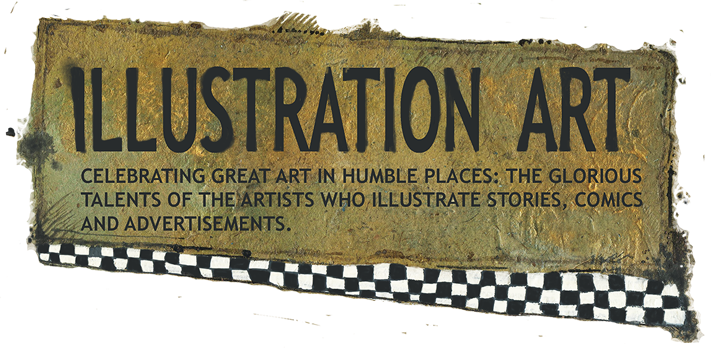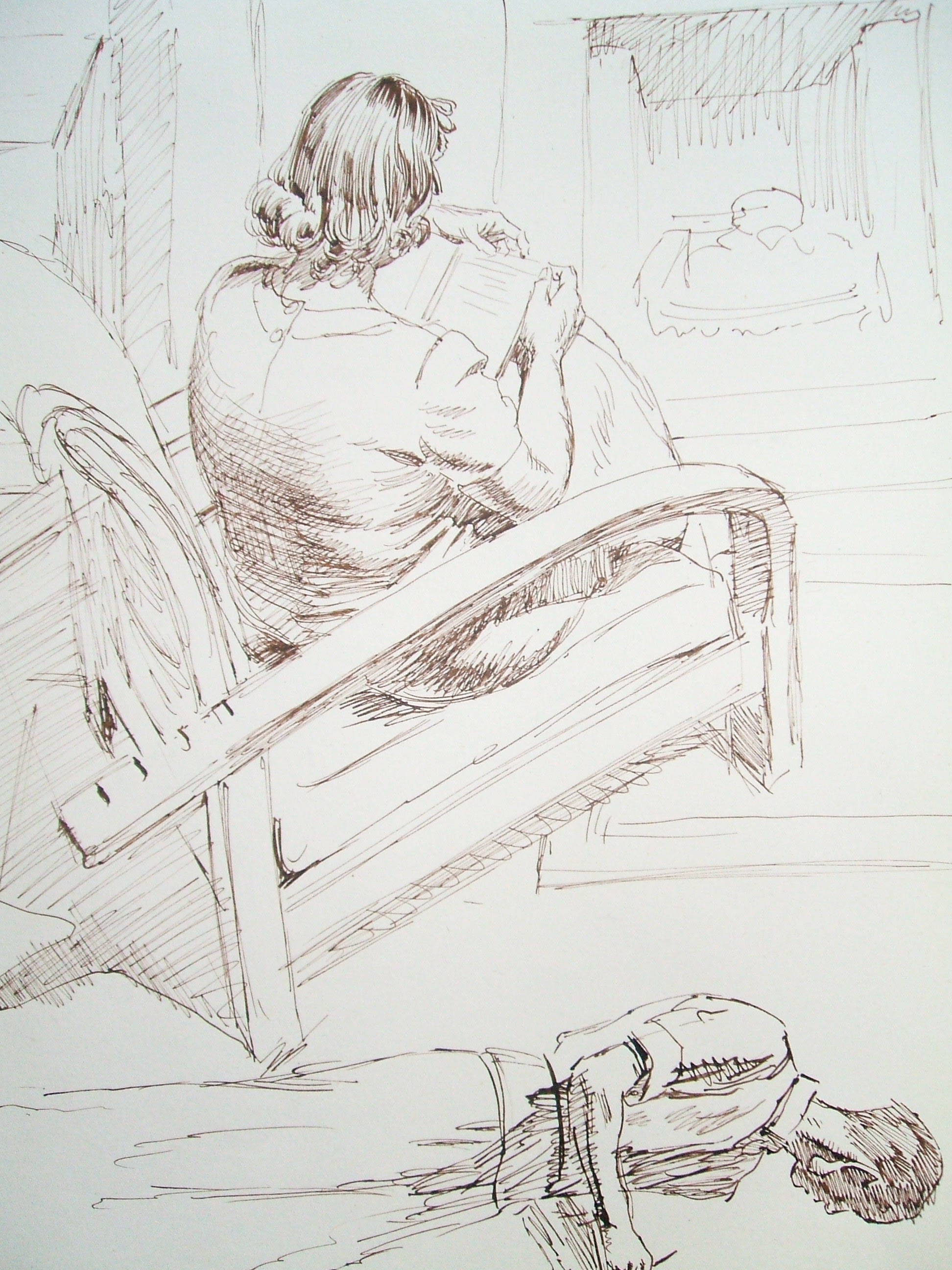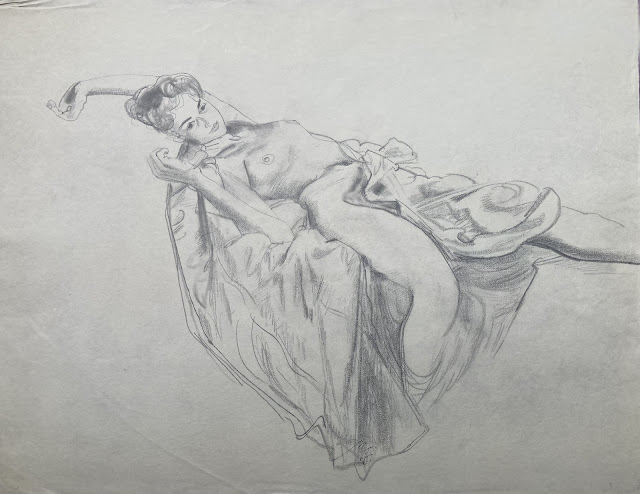Not every artist can afford to hire professional models to pose on a model stand in a spacious studio.
Living in a small apartment, sharing space with relatives (particularly during years of war rationing) artists may still feel the same burning need to record life, and still respond to that need with insightful, excellent drawings.
I admire the work of English illustrator Raymond Sheppard (1913-1958) who justly earned fame for his illustrations of animals. He did much of his professional work at the zoo, but when the zoo was closed Sheppard drew his family at home, reading, knitting, napping or even posing.
Sheppard used these life drawings to create genuine challenges for himself. Note how he draws these family members from difficult angles, testing his powers of observation.
Unlike professional models, children don't always sit still, so Sheppard had to be prepared to capture his subject quickly:
Sheppard paid a high price for these drawings; he was diagnosed with cancer at age 33 and spent much of his remaining years in pain. Yet, rather than languish he found it meaningful to devote the rest of his life to making careful, patient drawings such as these life drawings.
.tif) |
| Sheppard's self portrait |


















.tif)


.tif)

.tif)
.tif)
.tif)

.tif)









.jpg)



















